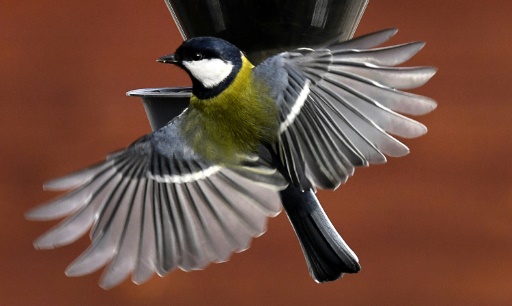That smart meter nonsense is the dumbest thing I've ever heard since the last dumbest thing I've ever heard.
Oh yeah, but at the time it was all "covid vaccine kills you", "power lines cause cancer" and "smart meters will cause brain cancer", but all of these people are talking on cell phones. Well, except for one person who refuses to have WiFi in her house and insists that cell phone 'waves' only reach the walls of the house.





